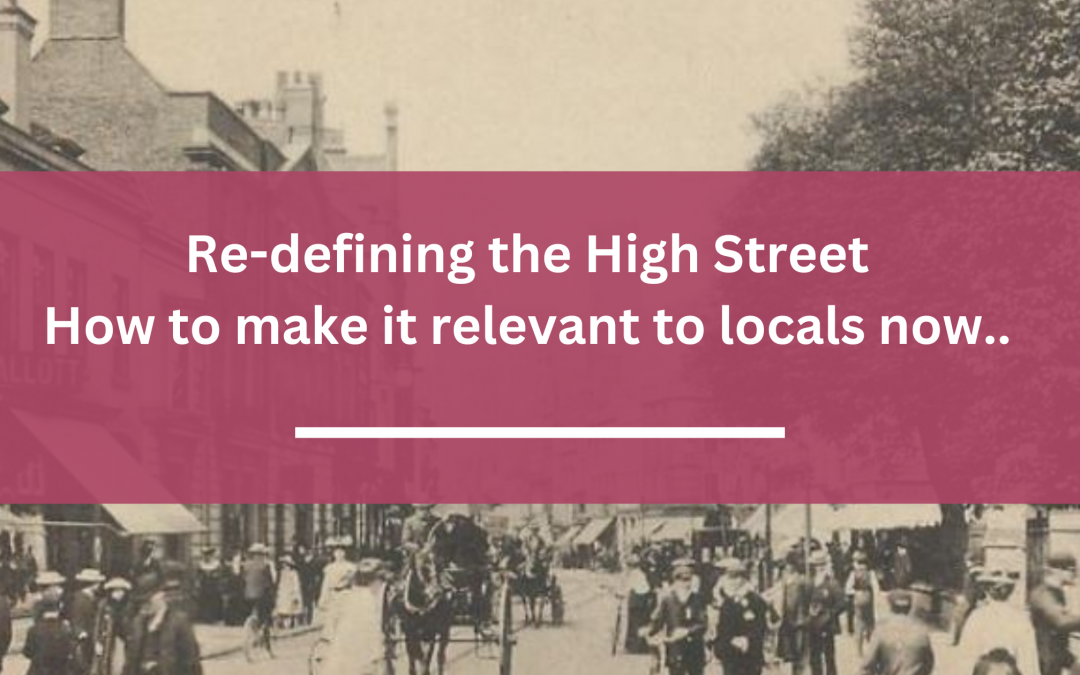
Our high street has changed substantially over time, with the last couple of years been pretty extreme, impacted by changes following the pandemic lockdowns, online shopping behaviour and the demise of lots of well known brands.
However, there are lots of exciting things going on around the country to reinvigorate our high streets, with some exciting new concepts, regenerations, and new ideas to encourage people to use these community spaces.
The biggest topic that keeps cropping up from almost everyone I am chatting to (whether they are a BID manager, a retailer, an agent, involved in community projects, friends in the pub…) is about what to do about vacant units.
I believe the main challenge at the moment is how to find the optimal number of retail units for the location (high street/ retail park or shopping centre) that can be sustained by the local population and demand.
Below are a list of some ideas on how this can be approached to make sure that these decisions are well informed:
1. Conduct a market analysis: Analyse the local market data, identify the types of businesses/products that are currently in demand. This can help to identify gaps in the market and determine whether there is an oversupply of certain types of businesses.
2. What are the needs of the local population: Understanding the demographic, health and behavioural makeup of the local population is important for determining what types of services and businesses that are likely to be successful.
3. Assess the current occupancy rate: Determine the current vacancy rate of the retail units on the high street, how this has changed over time, and most importantly determine why they are vacant (which is not always obvious with reasons such as: early lease termination, new tenant waiting for a new shop fit, absentee landlords)
4. Evaluate the size and layout of existing retail units: determine whether they are suitable for the needs of modern retailers. Can units could be merged or subdivided to create spaces that are more attractive to tenants?
5. Consider and map out economic factors and future trends that will impact the local areas; crime rates, new housing developments, online shopping trends, more people working from home, changes in demographic profile.
6. Talk to the local stakeholders: consult with local residents, businesses and community groups, to gather feedback and input on the right-sizing process. This can help to ensure that the needs of all stakeholders are considered and that any changes to the high street are widely supported.
What else have I missed?
LH Analytics can analyse your retail data and use location insights to help you to make informed decisions on what is relevant for your customers, footfall and local population. For more information, email laura@lhanalytics.co.uk or find out more here.

